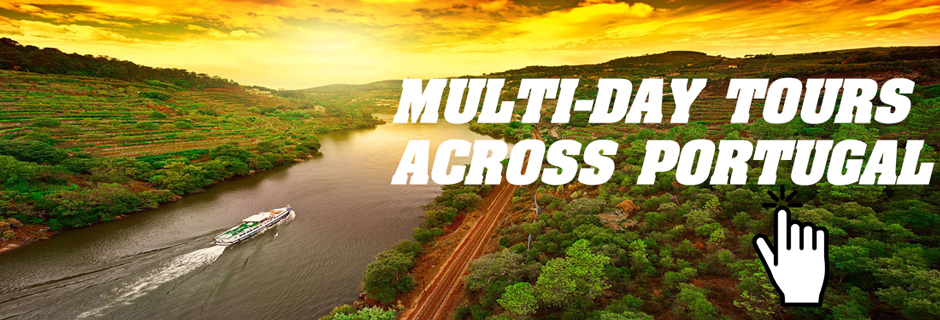Lisbon Aqueduct
The Aqueduto das Águas Livres (Lisbon Aqueduct) is a nineteen km (12mi) long water channel that was implicit the eighteenth century to supply new water to the city of Lisbon. The reservoir conduit compasses the Alcântara valley with a progression of thirty-five long curves.
In the early eighteenth century, clean drinking water was hard to come by in the quickly extending city of Lisbon. Because of this issue, king John V chose to assemble a water passage that would bring water from the Mãe d’água well in the slopes around the city to a repository in Amoreiras, close downtown Lisbon. The task was subsidized with duties imposed on nourishment items, for example, meat and olives.

Development on the nineteen kilometer long reservoir conduit began in 1731. Composed by specialist Manuel da Maia, the water passage was one of the biggest engineering tasks of now is the right time, and the noteworthy 941 meter long extension that compasses the valley of Alcântara was a wonder of designing. The focal curve, 29 meters wide and in the ballpark of 65 meters (213 ft) over the ground, was at the time the biggest curve on the planet.
The principle compass over the valley was manufactured by José Custódio Vieira and finished in 1744. It would last until the nineteenth century before the entire system of water lines with a few extensions – fifty-eight km altogether – would be finished, however effectively in 1748, only four years after the consummation of the principle compass, water began coursing through the reservoir conduit.
The water channel would soon turn out to be unequivocally developed; when the seismic tremor of 1755 with a greatness of up to 9 on the Richter scale harmed the majority of Lisbon’s structures, the reservoir conduit survived unscathed. It would keep on giving Lisbon water until 1973.
Today the water channel is overseen by the Museu da Água, which once in a while arranges voyages through the reservoir conduit. On the off chance that you need to respect the great curves of the reservoir conduit over the Alcântera valley, you can stroll to the Calçada da Quintinha road or go the Campolide train station where you have a very nearly unhampered perspective of the primary compass separately from the south and the north.
- admin
- on Feb, 19, 2015
- No Comments.
Comments are closed.




